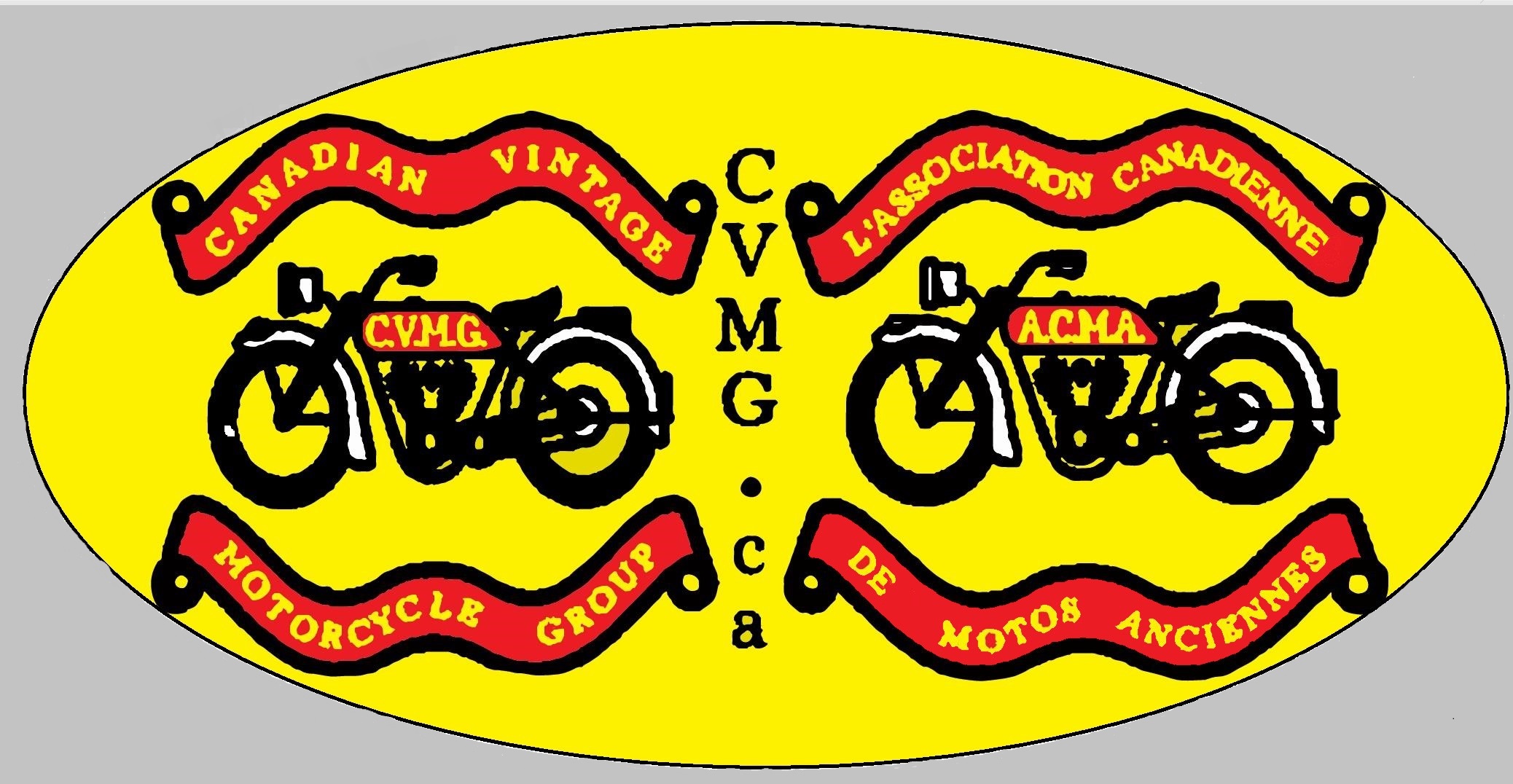Canadian Vintage Motorcycle Group L'Association Canadienne de Motos Anciennes |
| Pour traduire ce site Web dans une autre langue, cliquez sur « Select Language » au bas de la page. |
The Canadian Vintage Motorcycle GroupL’Association Canadienne des Motos Anciennes
|
- Home
- About Us
- Contact Us

